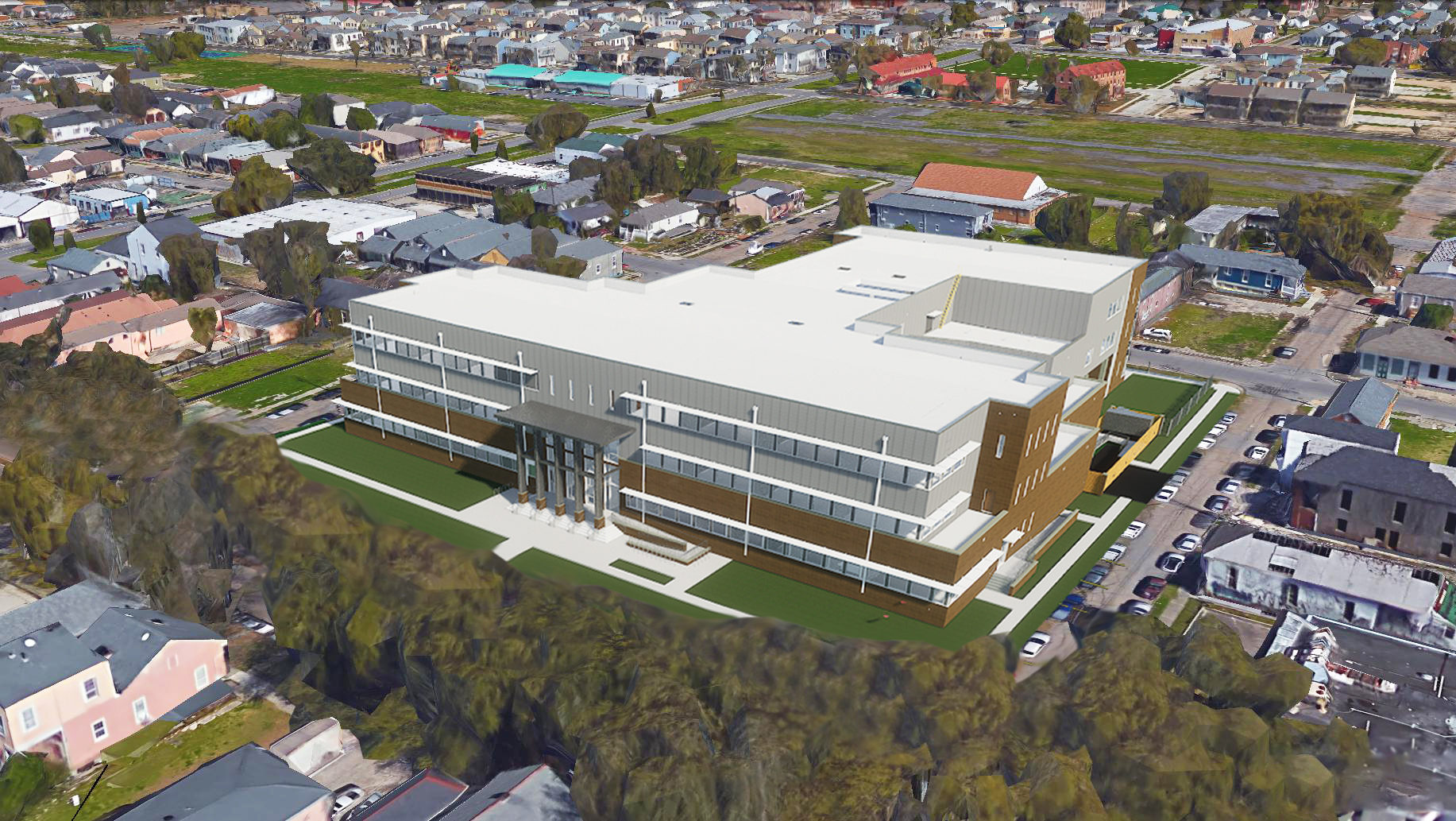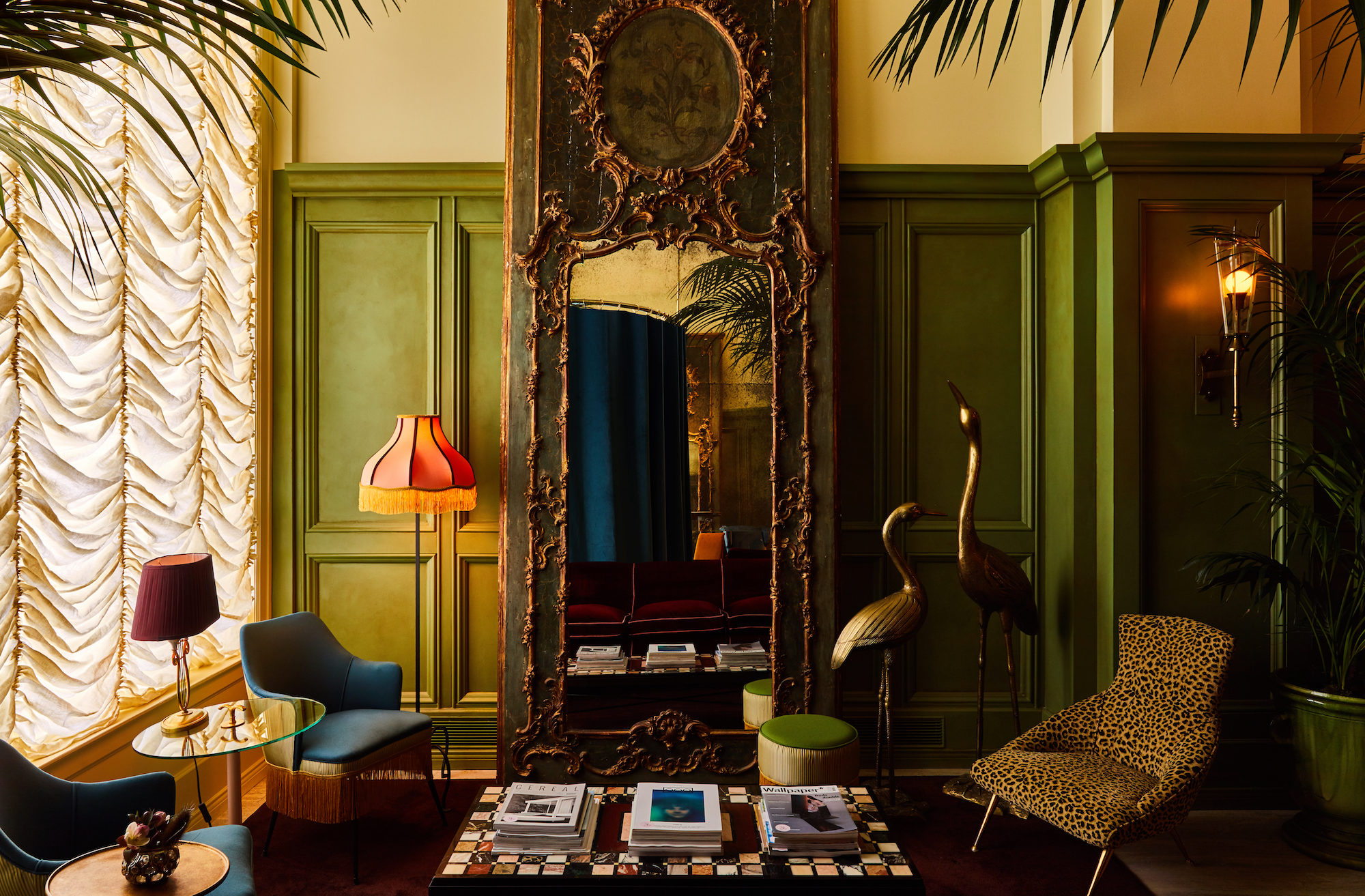
What are some of the main challenges you faced in your implementation of AEC technology on this project? Once captured, this data was then registered inside the point cloud processing software, Cyclone (Figure 6).įigure 7. This is what enabled us to scan as fast as we did. The use of the RTC360 scanners was also new for us. We’re now using this internally at ZELUS. We also used BIM 360 to establish easy remote collaboration among distributed teams. This gave us visibility into the piping and other systems in that space. For instance, we installed interstitial brackets to capture the areas above the ceiling. Most of the other methods used were traditional, but because this was such a massive project, we had to invent a few workflows. To do this effectively, we created a QA/QC workflow, providing feedback on each other’s models. ZELUS completed 70% of the modeling and TriCorp the remaining 30%. Because this 3D model was to be used by numerous stakeholders, we implemented an intensive QA/QC process that involved M3 Design Group, One to One Design, and Studio Cicada (collectively referred to as Tri-Corp). To achieve this, we mobilized eight scanners on site working 24/7 to complete the laser scanning. This required us to model some elements of the building in separate pieces to create the shape with 0.5-inches accuracy to represent existing conditions.Īdditionally, we had to scan more than 300,000 objects on a pretty condensed timeline. This project was dense in terms of MEP and structure requirements due to the curved shape of the building. Did the project have a specific approach or methodology for the application of AEC technology? Using RTC360 and FARO scanners, and working around the clock, we were able to complete the scans within one month (Figure 3).įigure 5. The ZELUS team traveled to New Orleans to laser scan the entire building, with a focus on architectural, structural, and mechanical systems (Figure 2). BIM 360 provided the foundation for that.
#Design 360 new orleans software
What were the main software applications used for this project, and how were they used?īecause of the size and scope of this project along with the number of stakeholders involved, it was critical that everyone was operating from the same playbook.

In total, this collaborative project involved 13 companies from across Louisiana, New York, and Arizona. To help execute with the data collection, modeling, and QA/QC process, ZELUS partnered with several local companies including M3 Design Group, One to One Design, and Studio Cicada. The Superdome is very special to the New Orleans community, and so it was important for Trahan Architects to tap local talent for this project. ZELUS was brought in pre-construction to create a BIM as-built of existing conditions that would aid in schedule compression, advance clash detection, reduce rework, and ultimately provide all stakeholders involved with a highly accurate model to inform decision making. Trahan Architects’ first phase of work began in 2020 and was primarily focused on an expansive interior overhaul to enhance the quality of the experience of the spectators. In 2019, phase one plans were approved for a multi-year, multi-phase renovation to be executed by Trahan Architects.

The New Orleans Superdome in the Central Business District of New Orleans, Louisiana. Needless to say, it is a complex building.įigure 1. The dome alone spans an area of 9.7 acres and sits 273 feet above the floor. The structure comprises 20,000 tons of steel and spans roughly 2.6 million square feet. It is also the world’s largest, entirely steel-constructed arena unobstructed by posts or columns. It has become one of the most iconic sports stadiums in the country and remains the largest fixed-dome structure in the world (Figure 1). The New Orleans Superdome, located in the Central Business District of New Orleans, Louisiana, was built in the 1970s, officially opening in 1975. JanuWhat are the vital statistics of the project? (This includes project type, size, stage of design or construction, project team, etc.) It remains the largest fixed-dome structure in the world. The Superdome was originally built in the 1970s and has become one of the most iconic sports stadiums in the US. ZELUS describes the Phase One renovation of the New Orleans Superdome, for which it provided pre-construction services.


 0 kommentar(er)
0 kommentar(er)
